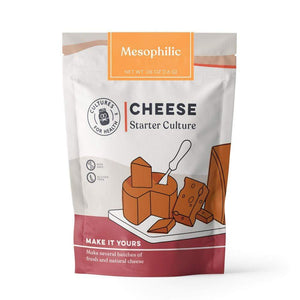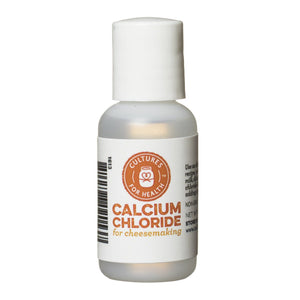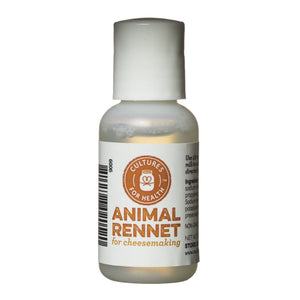
Quark (meaning “curd” in German) is an ancient form of soft cheese that may date back over 2000 years. It is the consistency of sour cream or yogurt, making it a popular spread. But quark can be used in a large number of ways. It can be substituted forcream cheesein cheesecake, mixed with dried fruits for a quick breakfast, or blended with herbs and salt for a tasty cracker spread.
15 minutes
45 minutes
4
INGREDIENTS AND EQUIPMENT AVAILABLE AT CULTURES FOR HEALTH
Mesophilic Direct-Set Starter Culture

Mesophilic Direct-Set Starter Culture
$19.99
From cheddar, Colby, and Monterey Jack to Feta, Chevre, and more, you'll enjoy the flavor and variety of homemade cheeses made using this starter culture.
Calcium Chloride

Cheese Salt

Liquid Animal Rennet

Liquid Animal Rennet
$12.99
High quality single strength animal rennet. This non-GMO animal rennet is preferred for aged cheese as it creates a more desirable flavor and aroma during the aging process. Each bottle contains enough rennet to set (12) 2-gallon batches of cheese.
INGREDIENTS:
- 2 quarts whole milk
- 2 quarts skim or reduced-fat milk
- ¼ tsp. mesophilic culture
- ¼ tsp. calcium chloride diluted in ¼ cup water
- ¼ tsp. rennet diluted in ¼ cup water
- 2 tsp. cheese salt
INSTRUCTIONS:
- Slowly heat both milks together in a non-reactive pot over low heat until the temperature reaches 72°F.
- Turn off heat and add the starter culture by sprinkling it onto the surface of the milk and allowing it to rehydrate for 4-5 minutes. Incorporate the culture into the milk using an up-and-down motion for about 30 seconds.
- Cover and maintain milk at 72°F for 30 minutes.
- Add diluted calcium chloride and stir for 1 minute in an up-and-down motion. Repeat with diluted rennet.
- Cover milk and let it set at room temperature for 12-18 hours, or until there is a clean break and a slight layer of yellow whey floating atop the curds.
- Return curds to 72°F, and begin cutting the curd into ½-inch pieces. Once the curd is cut, remove it from the heat and gently stir the curds for 5 minutes.
- Let the curds sink to the bottom of the pot, but maintain the temperature. Ladle off the top layer of whey until you can see the curds at the bottom.
- Line a colander with butter muslin and begin ladling the curds into it. Let the curds drain for 8-10 hours, or until the desired consistency is reached.
- Put the drained cheese in a bowl and mix in the salt, adjusting to taste.
Store quark in a covered container in the refrigerator, and use within 2 weeks. What is quark cheese? Click on it to get more information about it.















